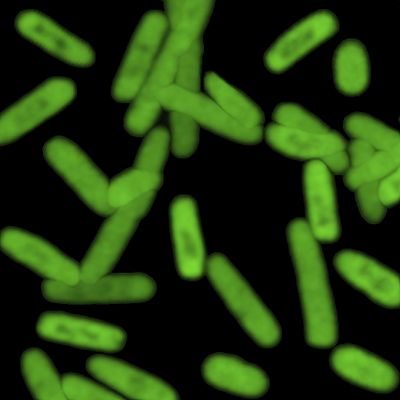Expanding DNA’s alphabet lets cells produce novel proteins

WASHINGTON – Scientists are expanding the genetic code of life, using artificial DNA to create semi-synthetic bacteria – and now they’ve found the altered bugs can produce proteins unlike those found in nature.
It’s a step toward designer drug development.
All life is made up of four DNA building blocks known by the letters A, T, C and G.
A team at The Scripps Research Institute has created two artificial DNA “letters” called X and Y. Adding them to E. coli bacteria created an organism that can store extra genetic information.
But can the cells put that artificial DNA to good use? Sure enough, those cells decoded the information to create a protein containing unnatural amino acids.
The work is reported Wednesday in the journal Nature.